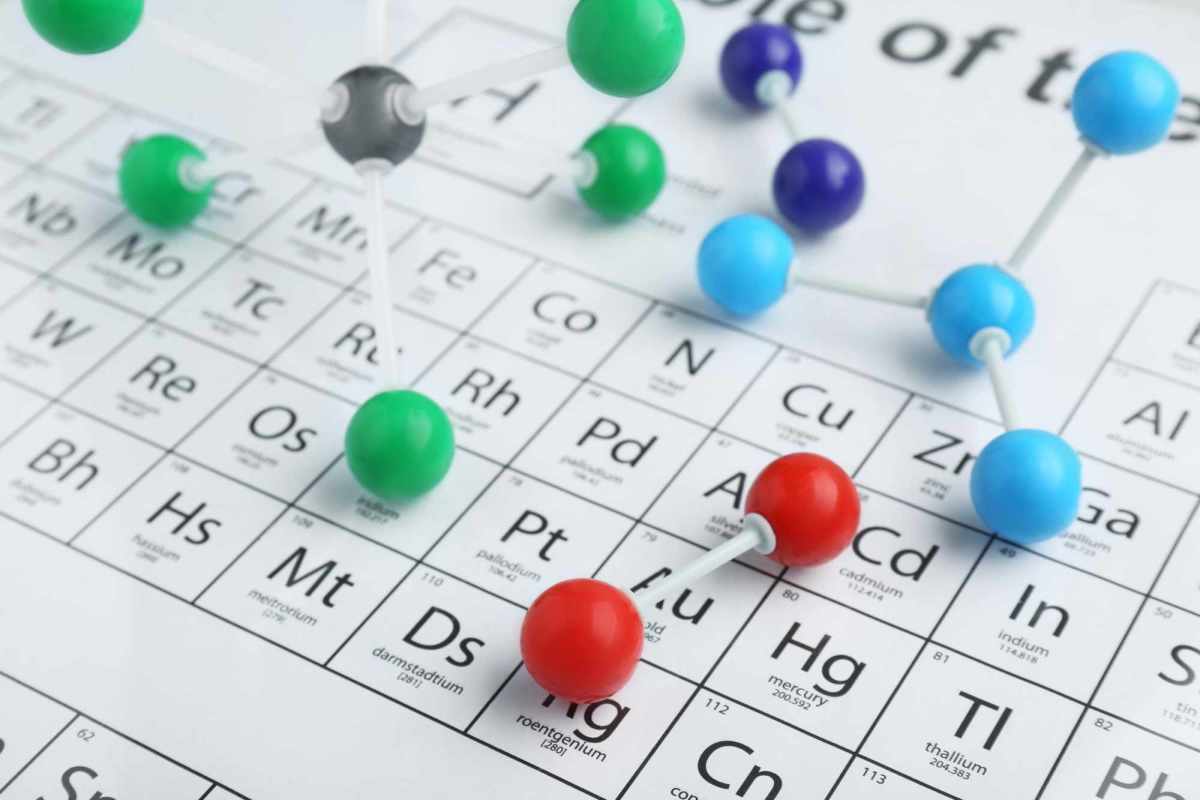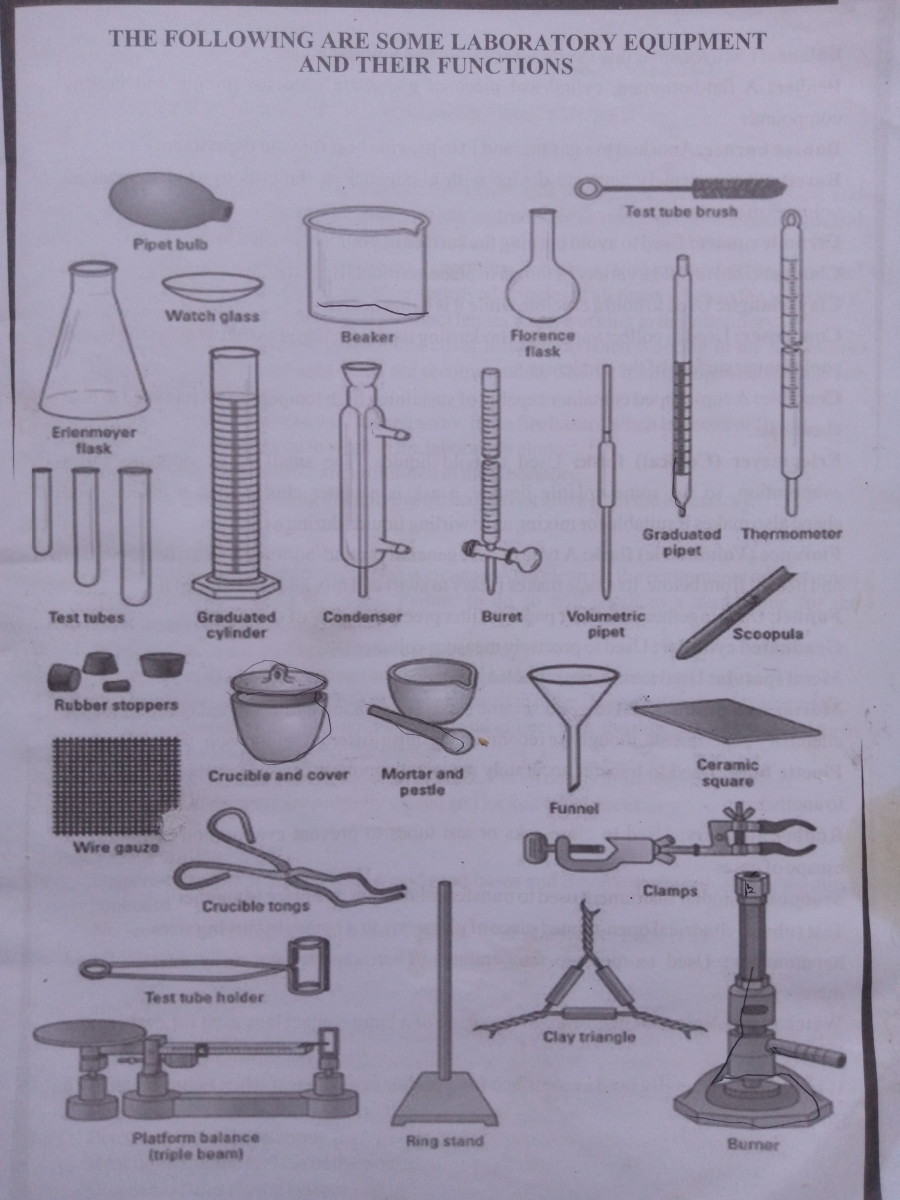Types Of Explosives
Explosives are defined as chemicals which have the ability to explode and produce violent outbursts as a result of certain chemical reactions.
The reactions which carry out these explosions actually release a large amount of gas, heat and energy which are released in a fraction of second with an extreme explosion which can destroy its surroundings.
Explosives do not burn rather they detonate. The explosives have been used in warfare for more than a century. That is their main purpose these days actually.
On the basis of the level of destruction they cause and their composition there are divided into four main types:
- Primary explosives
- Low explosives
- High explosives
- Nuclear explosives

Types Of Energy
- Energy
For any work to be done by any object energy is required. Energy basically is defined as the capacity to do work.
Primary Explosives
Primary explosives are the detonating explosives which are used to set off other explosives today.
In past these explosives were used individually but today they are mostly used to set off higher explosives.
The primary explosives are very sensitive to electricity, shock and heat.
These explosives are also called blasting caps, initiating explosives or primers.
Individually these explosives are not very destructive probably that is why they are used for detonating purpose.
Some common examples of primary explosives are:
- Mercury
- Lead azide
- Lead styphnate
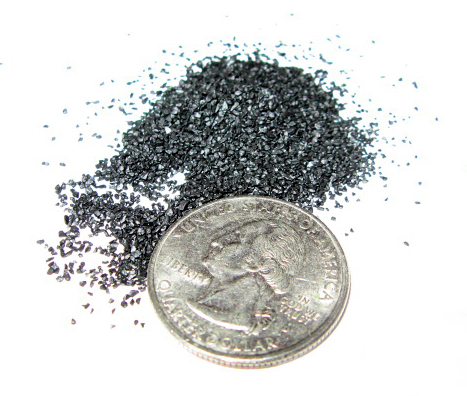
Different Categories Of Fires & Fire Extinguishers
- Classes Of Fire
When it comes to firefighting and extinguishing, fires are identified according to one or more classes. These classes are based on the fuels that are involved in the ignition of the fire. - Types Of Fire Extinguishers
A fire extinguisher is a special device used to put out small fires. This active fire protection device is not used, however to put out out-of-control fires, but is only used for the purpose of putting out small level fires.

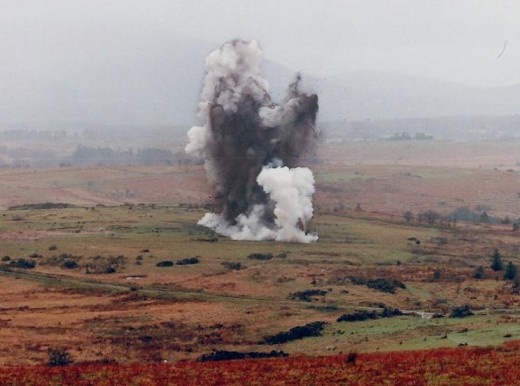
Low Explosives
The low explosives are the explosives which burn on their own. Actually it’s the surface of these explosives which burns when exposed to a flame.
The most common and the oldest low explosive that has been used by man for ages now is the black powder or more commonly called the gun powder.
In the past the gun powder propelled the gun to move. One end if the powder placed in the cylinder was ignited at one end.
The powder would then burn with the flame traveling from one end to the other. This burning would then build the pressure which will force the bullet or the shell out of the gun.
This procedure was used for many years. But due to the fact that gun powder produces a large amount of smoke the procedure started to become less popular and started being replaced with other methods.
Today it is mostly used in fireworks or pyrotechnics and some artillery weapons. Low explosives explode slowly as compared to explosives hence they are more suited for artillery purposes.
High Explosives
High explosives are extremely powerful explosives. On detonating these explosives they blow up in millionth of a second and cause a serious damage.
Some high explosives are set of heat and are called primary high explosives while those which detonate are secondary high explosives.
The reason why high explosives blow up quickly is that they create more pressure. The first high explosive invented was nitroglycerine.
Nitroglycerin is a highly unstable liquid chemical which can burn in less than a fraction of second hence it was also the blasting oil.
Nitroglycerin was used in pure form until the late 1800s when a Swedish scientist Alfred Nobel invented a milder explosive called dynamite by mixing nitroglycerin with a special type of clay called kieselguhr.
It replaced the use of pure nitroglycerin for many purposes.

Nuclear Bomb
- How Does A Nuclear Bomb Work?
Nature has got millions of secrets in even the smallest and unimaginable things existing in the universe and scientists revealed many of them in the initial years of the twentieth century.
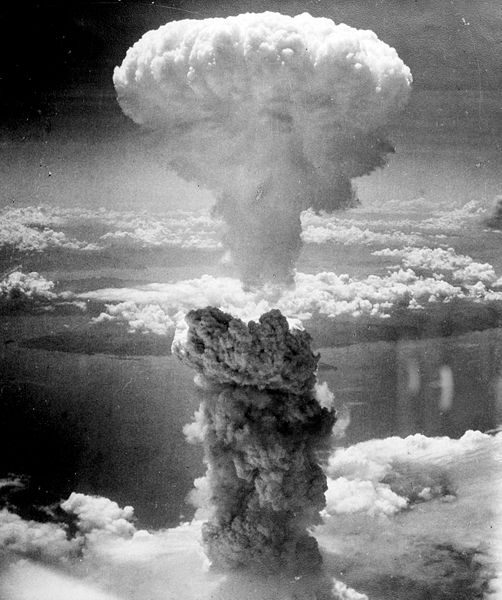
Dynamite is still used for many purposes today. Other common types of high explosives are: ammonium nitrate-fuel oil mixture ANFO, pentaerythritol tetranitrate PETN, picric acid and trinitrotoluene TNT.
The high explosives do not explode accidentally or by touching certain force has to be exerted for them to explode therefore hand grenades blow when hit the ground and dynamites blow when provided with flame.
When high explosives are mixed with oil and wax they form clay like substances which are called plastic explosives.
These explosives are not as destructive as other high explosives but they can still cause minor explosions.
Nuclear Explosives
Nuclear explosives are by far the most destructives inventions made by human beings.
These explosives came into being during the World War II and were invented in America.
The first nuclear bomb which was dropped in Hiroshima caused the biggest massacre in the human history.
A nuclear explosive explodes as a result of nuclear fissions which take place in it self.
A large atom such as uranium undergoes fission and releases a massive amount of energy; an amount which can actually destruct an entire city with in seconds.
In another type of nuclear explosives these large atoms are made to fuse which too releases a large amount of energy.






